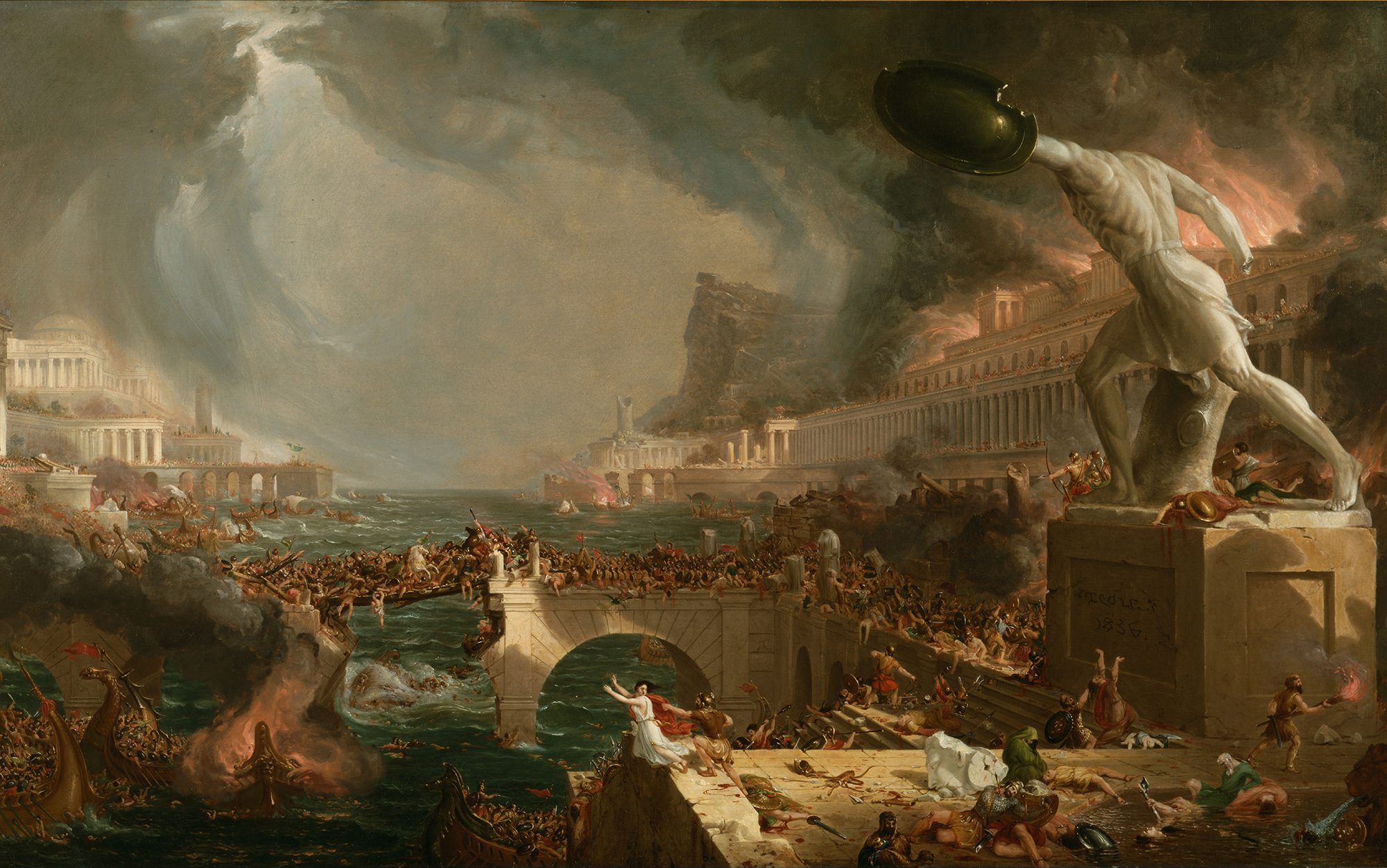This article compares and contrasts the feudal system and the Roman Empire, two significant political systems in world history. The feudal system was prevalent in medieval Europe, while the Roman Empire dominated most of Europe, the Middle East, and North Africa. The feudal system was based on a social hierarchy, while the Roman Empire had a hierarchical administration with an emperor at the top. Feudal governance was based on personal relationships, while Roman governance was centralized with the emperor having absolute power. The economy in feudal Europe was agrarian, while the Roman Empire had a diverse economy that included agriculture, trade, and manufacturing. Ultimately, the Roman Empire flourished more due to its diverse economy, centralized administration, and sophisticated infrastructure.
Introduction
The feudal system and the Roman Empire are two of the most significant political systems that have shaped the course of world history. The feudal system was prevalent in medieval Europe, while the Roman Empire dominated most of Europe, the Middle East, and North Africa from 753 BC until 476 AD. Both systems differed mainly in their organization, structure, and governance. In this article, we will compare and contrast these two systems and determine which one flourished more.
Organizational Structure
The feudal system was based on a social hierarchy, with the king at the top, followed by nobles, knights, and peasants. Each of these classes had defined duties and obligations. The king was responsible for protecting his kingdom, while the nobles and knights provided military service in exchange for lands and privileges. The peasants worked the land and provided the nobles with goods and services.
In contrast, the Roman Empire had a hierarchical administration with an emperor at the top, followed by governors, municipal officials, and the common people. The emperor was the commander-in-chief and the highest authority in the empire. Governors and municipal officials were responsible for managing the provinces and cities, respectively, while the common people were free citizens with rights and responsibilities.
Governance
Feudal governance was largely based on personal relationships and ties of loyalty. The king had vassals who pledged allegiance to him in exchange for lands and protection. The vassals, in turn, had knights who served them, and peasants who worked the land. This system was decentralized, and power was distributed among the vassals.
On the other hand, Roman governance was centralized, with the emperor having absolute power over the empire. The emperor was the final authority on all matters, and his word was law. The governors and municipal officials had limited autonomy and had to follow the emperor’s orders.
Economy
The economy in feudal Europe was primarily agrarian, with peasants working the land and producing goods for the nobles. The nobles, in turn, provided military service, protection, and governance.
In contrast, the Roman Empire had a diverse economy that included agriculture, trade, and manufacturing. The Empire’s vast territory and sophisticated road networks facilitated trade and commerce, and the government invested in public works to encourage economic growth.
Culture
Feudal culture was mainly characterized by chivalry, which emphasized honor, loyalty, and bravery. Music, dance, and feudal games were also popular.
The Roman culture was diverse, and the Empire’s vast territory was home to different ethnic groups and traditions. Roman culture emphasized art, literature, philosophy, and law.
Conclusion
In conclusion, both the feudal system and the Roman Empire contributed significantly to world civilization. While the feudal system had a decentralized structure, the Roman Empire had a centralized administration. The Roman Empire had a more diverse economy, while the feudal system was mainly based on agriculture. Feudal culture emphasized chivalry, while Roman culture emphasized art, literature, philosophy, and law. Ultimately, the Roman Empire flourished more, thanks to its diverse economy, centralized administration, and sophisticated infrastructure.
